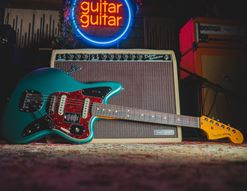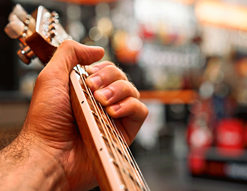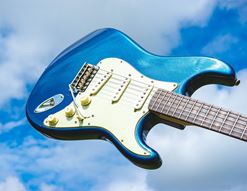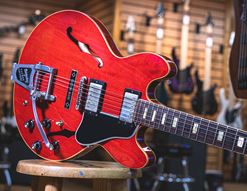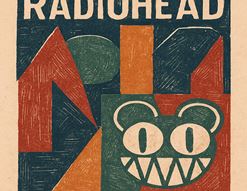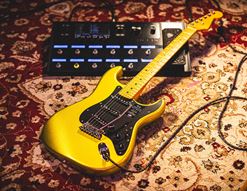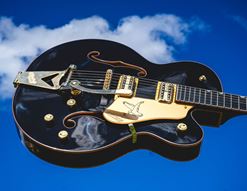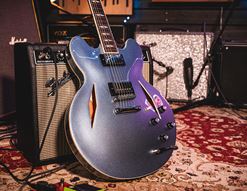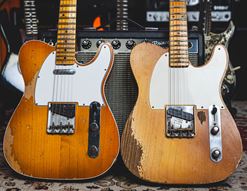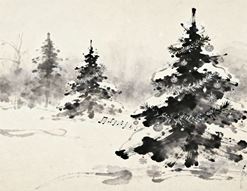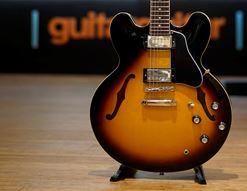Bob Dylan is as cool as it gets. He defines the very notion of ‘iconic rock star’, and has had such an all-pervasive influence over popular music that it’s hard to know who hasn’t felt the direct touch of his artistry.

As we see the release of a new Hollywood Biopic A Complete Unknown with Dune’s Timothee Chalamet in the lead role, I wanted to give a brief moment to some of the moments throughout Dylan’s own timeline where he really changed the course of modern music. I’m talking about culture changing as a result of his various moves throughout the years, here, and even if you’re not a massive Dylan fan, I reckon you’ll still be able to appreciate how much his shooting star effect has changed the last half century.
Contents
Breaking Down the Walls of Genre
Brought Protest Songs to the Masses
Normalised Longer Songs, Inspired the Beatles
Some Dylan Covers are Artists’ Best Songs
Breaking Down the Walls of Genre
On July 25th 1965, Dylan ‘went electric’, prompting some soft folkie to yell ‘JUDAS!’ at him during the gig, which is a bit much. The level to which people were genuinely outraged is debatable, but his decision (backed by the band who would soon become The Band) certainly sent shockwaves around the music world of the mid-60s. This poster boy for the folk revival movement seemed to have all but dropped his fanbase in order to try and win over a less niche rock crowd.
In reality, that wasn’t really what was happening when he plugged in a Stratocaster instead of a Martin acoustic, but he proved that he was able to straddle genres at will, and on his own terms. His audience could (and would, mostly) keep up with him or move onto somebody else. Talk about asserting your freedom as an artist? It’s still a great example of following your muse no matter what.
Original Music Video Creator
Nowadays, your song doesn’t exist in any realistic way unless there’s an accompanying video (people listen with their eyes), but back in the olden days, live TV performances on shows like Dick Cavett were about as close as you could get to seeing musicians doing their thing, unless you attended a show or festival.
Now, music videos were not invented by Bob Dylan. Some people actually cite Little Lost Child from 1894 as being the OG because of magic lantern performances that accompanied live performances of the song, but really, that’s another thing entirely!
Anyway, music videos existed before Bob, but when we released his famous Subterranean Homesick Blues video in 1965, nobody had ever offered up a specific, dedicated music video where the subject didn’t even pretend to play an instrument or mime. As you know, Bob had the song lyrics written on cards, and cheekily dropped them on the floor in rough time to the song progressing.
A whole new concept in entertainment - and in selling music - was born with this video.
Elevates Folk
Folk music was undoubtedly one of the touchstones of modern music, but it has always been a little bit ‘niche’ for your casual music fan. Bob Dylan of course came from smaller folk circles such as the Greenwich Village scene in New York, but he brought it into mass consciousness. I’ll mention more about that in my next point, but here I’ll talk about how he used language to elevate the form.
When bringing folk into rock n roll, Dylan added a timely lyricism, and ‘the intellectualism of classic literature and poetry’ into a music style that was known for being simple, direct and perhaps slightly archaic.
Dylan used his words to dust off the folk styles he learned from his own influences like Woodie Guthrie, and elevated the entire folk genre forever.
Brought Protest Songs to the Masses
Dylan of course worshipped the original protest singer, Woodie Guthrie. Indeed, his main reason for travelling to NYC as a young man was to visit Guthrie on his deathbed, a poetic journey if ever there was one.
He took that inspiration and channelled it into a series of songs that captured the ennui of the present with more clarity, focus and art than anyone else, without it appearing to be too contrived. His protests were against nuclear weapons (A Hard Rain’s A-Gonna Fall), the Civil Rights Movement (The Times They Are A-Changin’) and the general feeling of Anti-War sentiments (Blowin’ in the Wind) that abounded throughout the US during not only Vietnam, but Korea and the Cold War with Russia.
The real genius of these protest songs are that they were both specific to their time and able to be repurposed in the future.
Normalised Longer Songs, Inspired the Beatles
Known for boldly walking his own path, Dylan thought nothing of writing songs that doubled or even tripled the length of most pop music. When gaining radioplay was the main agenda for all emerging (and established, actually) artists, two to three minutes was the accepted blueprint.
In July 1965, Dylan released Like A Rolling Stone, which clocked in at an immense (for its time) 6m13. Seemingly untroubled about whether such a large song would be picked up by the radio stations, Dylan went about his newly plugged-in business (see above) and showed a watchful world how to nonchalantly rewrite the rock rulebook.
One person who was paying attention was Beatle Paul McCartney, who heard the song at John Lennon’s house: “It seemed to go on and on forever. It was just beautiful … He showed all of us that it was possible to go a little further."
Like the artist he is, McCartney took the inspiration and used it in his own writing, confirming that Hey Jude was the direct result.
Some Dylan Covers are Artists’ Best Songs
It’s a tribute to the sheer quality of writing that so many artists cover Dylan. Not only that, those cover songs often become some of those artists’ best tunes. Don’t believe me? Well, I’d point you towards not only the obvious All Along the Watchtower by the Jimi Hendrix Experience, and also Bryan Ferry’s cover of A Hard Rain’s A-Gonna Fall.
Some of these versions are better than Dylan’s original (in some people’s opinions) and others aren’t, but they all contribute to the wonderful canon of Bob Dylan covers that exist. Here’s a short list of more wonderful Dylan covers:
- Blowin’ In The Wind - Peter, Paul & Mary
- Mr Tambourine Man - The Byrds
- I Shall Be Released - The Band
- Don’t Think Twice It’s Alright - Waylon Jennings
- Lonesome When You Go - Miley Cyrus
- Maggie’s Farm - Rage Against the Machine
- Abandoned Love - The Everley Brothers
- Just Like Tom THumb’s Blues - Nina Simone
- Love is Just a Four-Letter Word -Joan Baez
- Desolation Row - My Chemical Romance
- Boots of Spanish Leather - Watchhouse
A Complete Known
Far from being A Complete Unknown, Bob Dylan is one of our most significant and sacred artists. He has given us so much, from his words and wisdom to his decisions over the years, his abrupt about-turns and his endless artistic curiosity.
To be sure, there is no one man called Bob Dylan but a bunch of different people all inside that single idea. Each has their own Bob Dylan, and each will cherish theirs equally.

